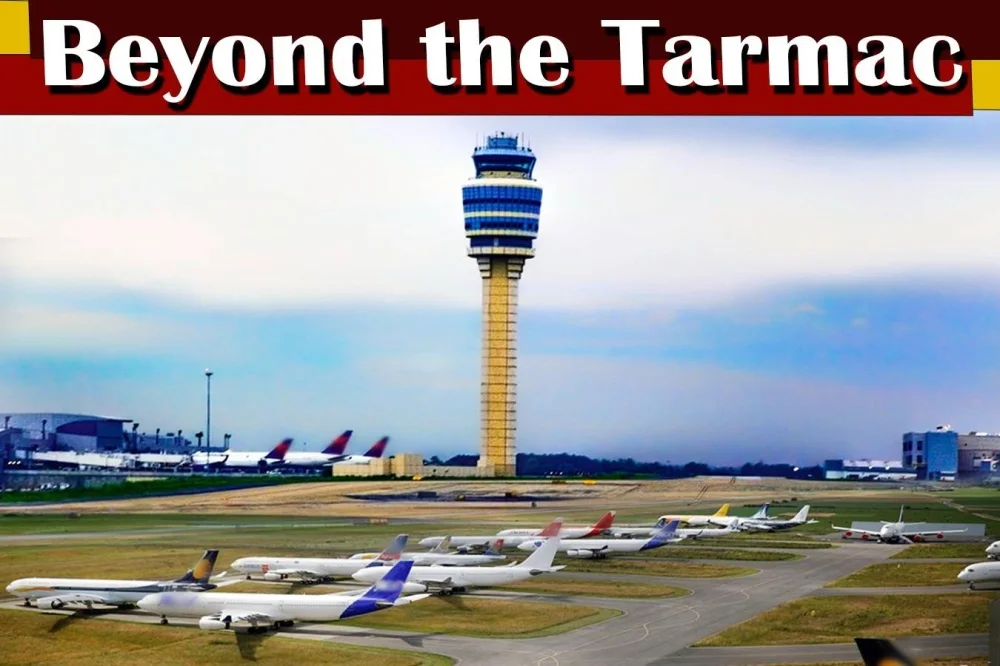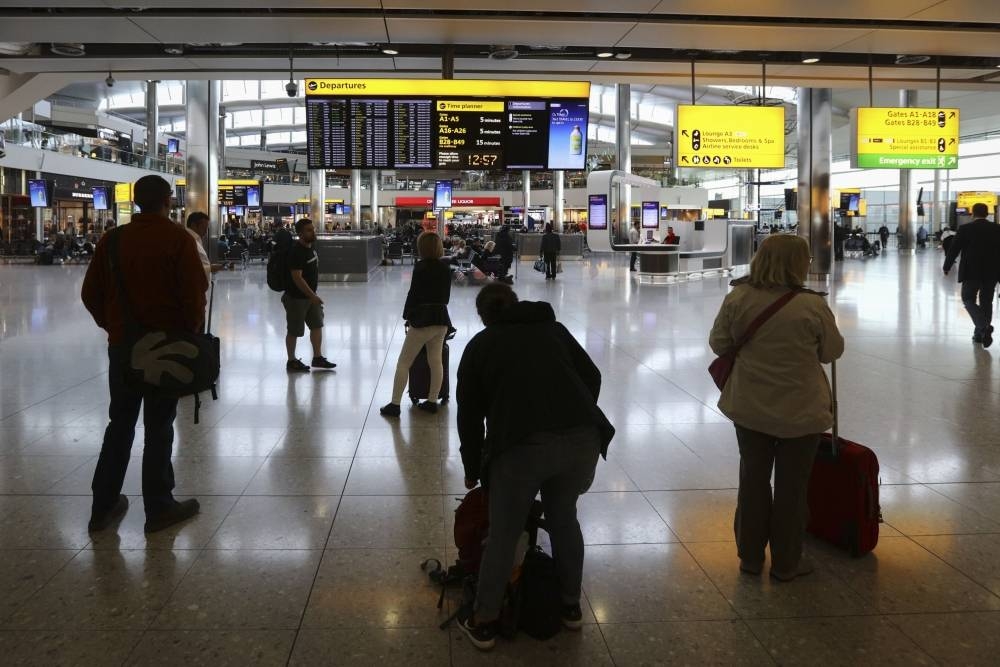
Air passenger demand in 2023 will rapidly recover to pre-pandemic levels on most routes by the first quarter and that growth of around 3% on 2019 figures will be achieved by year-end, according to the International Civil Aviation Organisation.
Air passenger demand in 2024 is expected to be stronger, at around 4% higher than 2019. In terms of Compound Annual Growth Rate (CAGR), this translates to a growth of 0.7% over the 2019-2024 period, ICAO noted in a recent forecast.
This forecasted recovery and growth for the world of civil aviation comes with the caveat that risks affecting international air transport do not escalate from current levels.
“Assuring the safe, secure, and sustainable recovery of air services will be key to restoring aviation’s ability to act as a catalyst for sustainable development at the local, national and global levels, and will consequently be vital to countries’ recovery from the broader impacts of the Covid-19 pandemic,” remarked ICAO Council president Salvatore Sciacchitano.
“The air passenger forecasts ICAO is announcing build on the strong momentum toward recovery in 2022, as previously assessed by ICAO statistical analysis,” remarked ICAO secretary-general Juan Carlos Salazar. “Through ICAO, governments have reached agreements on goals towards zero accident fatalities by 2030 and zero carbon emissions by 2050 goals, and these will continue to play key roles in both guiding continued progress and in prioritising ICAO’s implementation support initiatives.”
The number of air passengers carried in 2022 increased by an estimated 47% compared to 2021, while revenue passenger kilometres (RPK’s) increased by around 70% over the same period, due mainly to the rapid recovery of most international routes, ICAO noted.
In terms of airlines’ annual passenger revenues, keeping yield and exchange rates at 2019 levels, ICAO observed growth of an estimated 50% from 2021 to 2022.
In line with earlier ICAO predictions, the strong recovery in air passenger demand has resulted in 2022 passenger numbers reaching an estimated 74% of pre-pandemic levels, while passenger revenues are estimated to have reached around 68% of 2019 levels.
The number of passenger aircraft in service in 2022 mirrors the overall traffic recovery, with current estimates suggesting 75% of pre-pandemic levels.
In 2022, aircraft orders and deliveries by major manufacturers Airbus and Boeing grew by 53% for orders and 20% for deliveries, compared to the previous year. The number of orders in 2022 exceeded that seen since 2019, indicating the recovery of aircraft demand.
Current estimates for air cargo in 2022 reflect 2021 levels, while still showing marginal growth compared to the pre-pandemic level.
The pace of growth for air cargo is however expected to be lower in 2023, given the slowing global economic growth, although long-term air cargo growth remains in line with previously estimated trend indicating strong long term growth.
The International Air Transport Association (IATA) also expects a return to profitability for the global airline industry in 2023 as airlines continue to cut losses stemming from the effects of the Covid-19 pandemic to their business in 2022.
In 2023, airlines are expected to post a small net profit of $4.7bn — a 0.6% net profit margin. It is the first profit since 2019 when industry net profits were $26.4bn (3.1% net profit margin).
In 2022, airline net losses were expected to be $6.9bn (an improvement on the $9.7bn loss for 2022 in IATA’s June outlook). This is significantly better than losses of $42bn and $137.7bn that were realised in 2021 and 2020 respectively.
“Resilience has been the hallmark for airlines in the Covid-19 crisis,” noted Willie Walsh, IATA’s Director General.
“As we look to 2023, the financial recovery will take shape with a first industry profit since 2019. That is a great achievement considering the scale of the financial and economic damage caused by government imposed pandemic restrictions. But a $4.7bn profit on industry revenues of $779bn also illustrates that there is much more ground to cover to put the global industry on a solid financial footing.
“Many airlines are sufficiently profitable to attract the capital needed to drive the industry forward as it decarbonises. But many others are struggling for a variety of reasons. These include onerous regulation, high costs, inconsistent government policies, inefficient infrastructure and a value chain where the rewards of connecting the world are not equitably distributed,” Walsh said.
As discussed earlier, the commercial aviation industry certainly finds itself at a critical inflection point: ready to take off after several years of disruption and uncertainty, but still grappling with fundamental issues that threaten its long-term growth and success.
Pilot shortages, supply chain issues and infrastructure investment among other issues will continue to have a major impact on the industry this year and in the medium-term.


